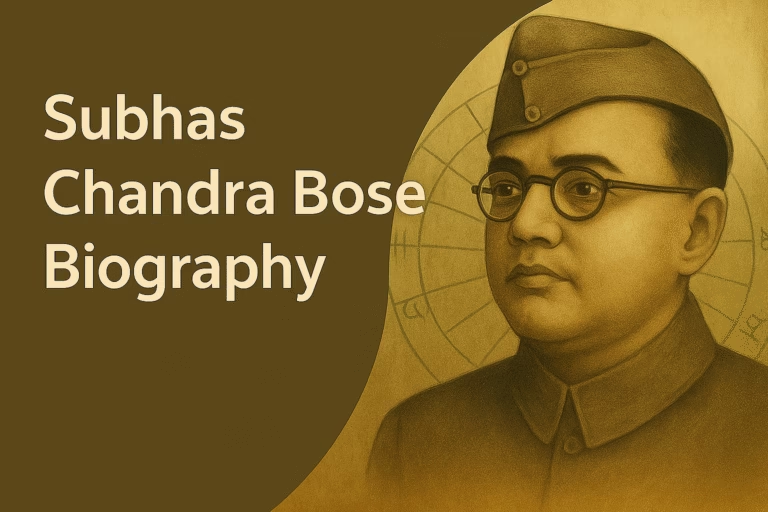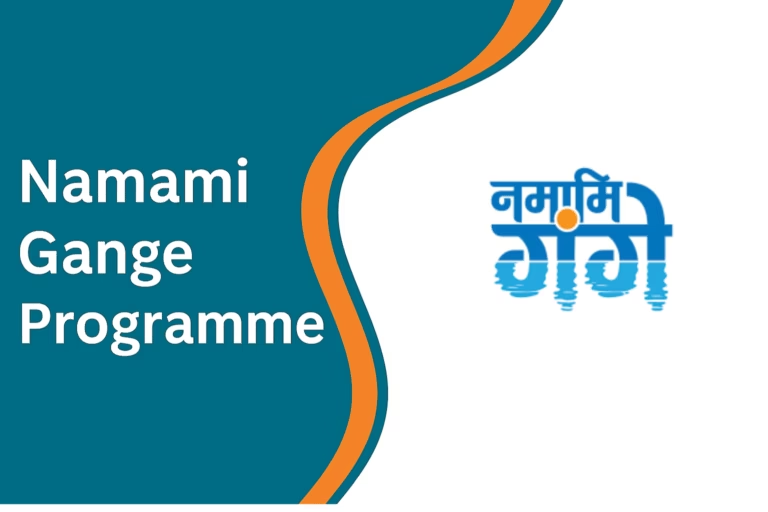Many people are still unsure about all the Indian states and their capitals. To make learning easier and boost your general knowledge, we’ve created a complete guide on the States and Capitals of India. As of now, India has 28 states and 8 union territories, each with its own administrative, legislative, or judicial capital. Every state is governed by a Chief Minister, who plays a key role in managing state affairs and development.
Indian States and Capitals
India is the seventh-largest country in the world by area and the second most populous nation, known for its vibrant culture and deep-rooted history. The country is divided into 28 states and 8 Union Territories, with each region having its own capital, traditions, and administrative systems.
Located in South Asia, India follows a parliamentary system of governance. Due to its vast geography, governing from a single location isn’t practical. That’s why the Indian Constitution gives authority to the central government while also empowering each state to manage its affairs independently.
Understanding the States and Capitals of India is not only vital for general knowledge but also holds great importance in competitive exams, where this topic often appears under the General Awareness section.
List of Indian States and Capitals
India is a land of unity in diversity, consisting of 28 states and 8 union territories. Each state brings its own set of languages, traditions, history, and administrative identity, making the country vibrant and culturally rich.
Knowing the Indian States and Capitals is essential for students, competitive exam aspirants, and every citizen aiming to understand the Indian polity and geography. Below is a complete list of Indian States with their Capitals and Date of Formation:
| S.No. | State | Capital | Formation Date |
|---|---|---|---|
| 1 | Andhra Pradesh | Amaravati | 1 November 1956 |
| 2 | Arunachal Pradesh | Itanagar | 20 February 1987 |
| 3 | Assam | Dispur | 26 January 1950 |
| 4 | Bihar | Patna | 26 January 1950 |
| 5 | Chhattisgarh | Raipur | 1 November 2000 |
| 6 | Goa | Panaji | 30 May 1987 |
| 7 | Gujarat | Gandhinagar | 1 May 1960 |
| 8 | Haryana | Chandigarh | 1 November 1966 |
| 9 | Himachal Pradesh | Shimla | 25 January 1971 |
| 10 | Jharkhand | Ranchi | 15 November 2000 |
| 11 | Karnataka | Bengaluru | 1 November 1956 |
| 12 | Kerala | Thiruvananthapuram | 1 November 1956 |
| 13 | Madhya Pradesh | Bhopal | 1 November 1956 |
| 14 | Maharashtra | Mumbai | 1 May 1960 |
| 15 | Manipur | Imphal | 21 January 1972 |
| 16 | Meghalaya | Shillong | 21 January 1972 |
| 17 | Mizoram | Aizawl | 20 February 1987 |
| 18 | Nagaland | Kohima | 1 December 1963 |
| 19 | Odisha | Bhubaneswar | 26 January 1950 |
| 20 | Punjab | Chandigarh | 1 November 1966 |
| 21 | Rajasthan | Jaipur | 30 March 1949 |
| 22 | Sikkim | Gangtok | 16 May 1975 |
| 23 | Tamil Nadu | Chennai | 1 November 1956 |
| 24 | Telangana | Hyderabad | 2 June 2014 |
| 25 | Tripura | Agartala | 21 January 1972 |
| 26 | Uttar Pradesh | Lucknow | 26 January 1950 |
| 27 | Uttarakhand | Dehradun | 9 November 2000 |
| 28 | West Bengal | Kolkata | 26 January 1950 |
List of Union Territories and Capitals of India [Updated 2025]
India has 8 Union Territories, each with its own administrative capital and unique cultural identity. Unlike states, union territories are governed directly by the Central Government of India, though some have their own legislatures.
One of the most important union territories is Delhi (New Delhi), the national capital of India. Others like Ladakh, Puducherry, and Andaman & Nicobar Islands add to the country’s rich diversity through their traditions, languages, and heritage.
Here’s the complete and updated list of Union Territories and their Capitals as of 2025:
| Union Territory | Capital(s) |
|---|---|
| Andaman and Nicobar Islands | Port Blair |
| Chandigarh | Chandigarh |
| Dadra & Nagar Haveli and Daman & Diu | Daman |
| Delhi (National Capital Territory of Delhi) | New Delhi |
| Jammu and Kashmir | Srinagar (Summer), Jammu (Winter) |
| Ladakh | Leh |
| Lakshadweep | Kavaratti |
| Puducherry | Puducherry |
Indian States with Their Specialties
India is a land of unity in diversity, and each state adds its own unique flavor to the nation’s vibrant culture. From historic landmarks to rich traditions, every state has something special to offer. Here’s a complete list of Indian states with their unique features that shape the soul of India.
Andhra Pradesh
Known for its spicy food, traditional Kuchipudi dance, and historic temples. Although Hyderabad is now part of Telangana, Andhra continues to shine with cities like Amaravati and Vijayawada.
Arunachal Pradesh
Famous for snow-clad mountains, tribal heritage, and the majestic Tawang Monastery, one of the largest monasteries in India.
Assam
Renowned for Assam Tea, the vibrant Bihu festival, and Kaziranga National Park, which is home to the endangered one-horned rhinoceros.
Bihar
A state of ancient history, Bihar boasts landmarks like Bodh Gaya (where Buddha attained enlightenment) and Madhubani paintings, a world-famous folk art.
Chhattisgarh
Known as the mineral-rich heart of India, Chhattisgarh is also home to the Chitrakote Waterfall, often called the “Niagara Falls of India”.
Delhi
The national capital blends heritage with modernity. India Gate, Red Fort, and vibrant markets show the city’s rich past and promising future.
Goa
India’s favorite beach destination, Goa is celebrated for its Portuguese-influenced architecture, seafood, and world-famous parties.
Gujarat
Known for the Rann of Kutch, Gir National Park, and as the birthplace of Mahatma Gandhi, Gujarat is a blend of tradition, business, and cultural vibrancy.
Haryana
An agricultural powerhouse, Haryana is also a hub for manufacturing and technology. Chandigarh, its capital (shared with Punjab), is known for its clean, modern layout.
Himachal Pradesh
A nature lover’s paradise, this state offers beautiful hill stations like Shimla and Manali, as well as spiritual peace in Dharamshala, the Dalai Lama’s home in exile.
Jharkhand
Rich in coal and mineral resources, Jharkhand also showcases tribal heritage and wildlife spots like Betla National Park.
Karnataka
Dubbed as the “Silicon Valley of India”, Karnataka is known for tech hubs like Bengaluru, the ruins of Hampi, and rich classical arts like Yakshagana and Bharatanatyam.
Kerala
Called “God’s Own Country”, Kerala is famous for its backwaters, Ayurveda, houseboats, and being India’s most literate state.
Maharashtra
The financial engine of India, Maharashtra is home to Mumbai, Bollywood, the Gateway of India, and street food favorites like Vada Pav.
Manipur
A scenic state known for Manipuri classical dance, Loktak Lake, and indigenous festivals like Yaoshang and Lai Haraoba.
Indian States and Capitals FAQs
Q1. How many states and union territories are there in India in 2025?
India has 28 states and 8 Union Territories as of 2025.
Q2. Which is the newest state in India?
Telangana is the newest state, formed on 2 June 2014.
Q3. What is the capital of Ladakh Union Territory?
The capital of Ladakh is Leh.
Q4. Which state is known as the ‘Silicon Valley of India’?
Karnataka, due to its IT hub Bengaluru, is called the ‘Silicon Valley of India’.
Q5. Why are there two capitals in Jammu and Kashmir?
Jammu is the winter capital, and Srinagar is the summer capital to manage weather and governance efficiently.



